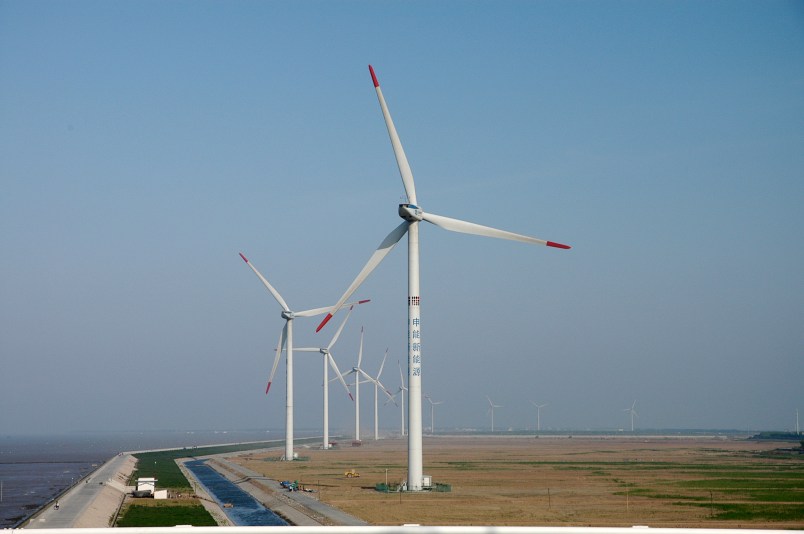As director of a graduate program in climate science and policy, every day I look into the faces of my 24 year-old students, and think about the world 30 years from now. In 2044, I will be an old man — 84 — and my students will be my age now, 54. At that time, in a very profound way, we will know the future of the earth.
We will know whether we can meet the needs of another 2 billion people on a planet where resource scarcity and conflicts — over oil, water, food, topsoil, forests, fish, biodiversity — are already severe. More fundamentally, we will know how hot it is going to get. Will global warming drive the planet 4 degrees (Fahrenheit) hotter or 11 degrees (Fahrenheit) hotter within my students’ lifetimes?
To put those numbers in perspective, during the last Ice Age, when my office here in New York State was under a thousand feet of ice, the world was only 9 degrees F colder than it is today. So in 2044 we will know if we were able to rewire the world with clean energy, and prevent a swing in global temperatures of Ice Age magnitude, only in the opposite direction.
Today, the Obama administration appears set to take a step in the right direction, announcing caps on global warming pollution from existing electric power plants. Depending on the final details of the plan, it will likely move the US close to target reductions announced in Copenhagen of 17 percent below 2005 levels by 2020, and a 30 percent reduction by 2030.
What will a 17 percent by 2020 cut cost ratepayers? Very little. According to Dallas Burtraw, a senior economist at the non-partisan thank-tank Resources for the Future: “there are multiple approaches [to achieve this goal] that would have nearly unobservable effects on consumers”.
The Natural Resources Defense Council sponsored research showing that a larger 2020 cut— 25 percent below 2005 levels — would actually save consumers $37 billion while creating over 200,000 jobs. And even an industry-sponsored study that looked at reductions of 40 percent below 2005 levels by the later date, 2030, found moderate overall costs: 0.2 percent of GDP.
Assuming that a post-2016 administration keeps the nation on track, Obama is set to deliver on his Copenhagen pledge, with a no- to low-cost option for ratepayers. Given today’s polarized climate politics, that is a decent start — but only a start. According to the World Bank, if the U.S. and other countries only meet their Copenhagen targets, the world will still likely be 8 degrees F hotter, and rising, by the end of the century.
As the planet gets hotter, and unprecedented, extreme weather events rock the U.S. and other countries, the politics for deeper reductions will start to line up. In the interim, we can look to Germany for inspiration and leadership. During one day last month, the country produced an eye-popping 74 percent of their electric power from renewable energy.
This record was just for one afternoon, with favorable winds and lots of sunshine. But Germany is headed towards a goal of producing 80 percent of their total annual electric power from renewables by 2050. And the rapid ramp-up of solar power over the last decade in that country has driven solar electric prices down to “grid parity”: any new solar installations cost German ratepayers zero relative to new coal, gas or nuclear sources. Steep cost declines for renewables globally are one reason why the U.S. can also now cut global warming pollution at a low upfront cost, with the shift to renewable energy soon returning economic gains.
The recently released National Climate Assessment has made it clear that climate change is here now, already threatening south Florida with rising seas, exacerbating drought and fire in west the southwest; and causing more extreme flooding across the country. But past mid-century, global warming impacts will dominate the lives of my students. Germany’s goal of 80 percent renewables by 2050, replicated globally, would be enough to stabilize a recognizable climate. This move by Obama’s EPA is a critical step down that path. Anything less will challenge the foundations of civilization itself.
Eban Goodstein, an economist, is the Director of the Center for Environmental Policy at Bard College and a member of the Scholars Strategy Network.






